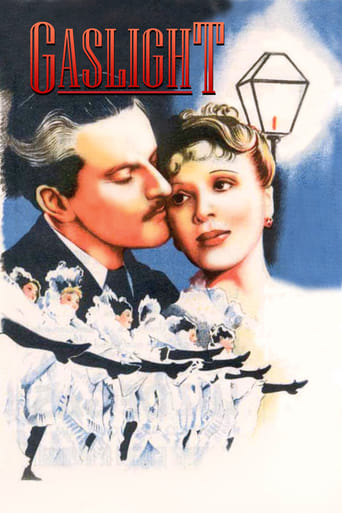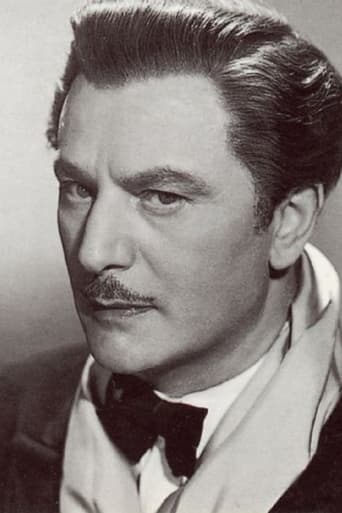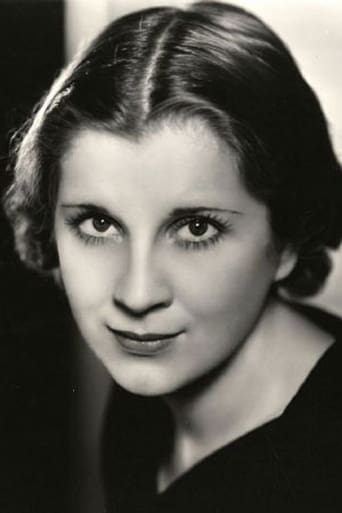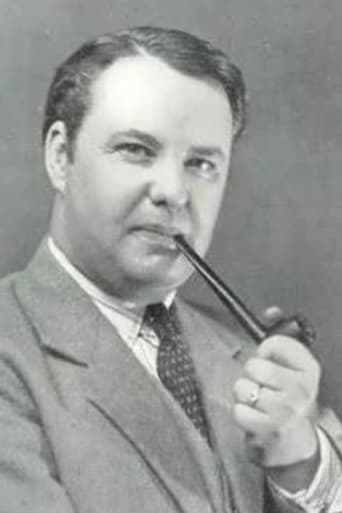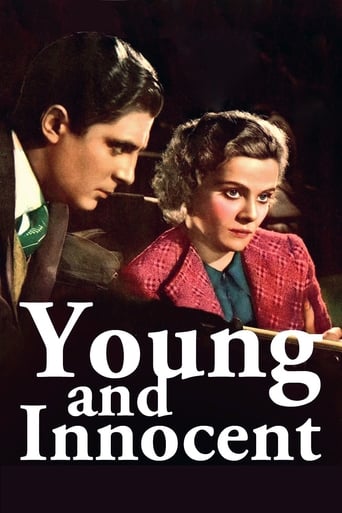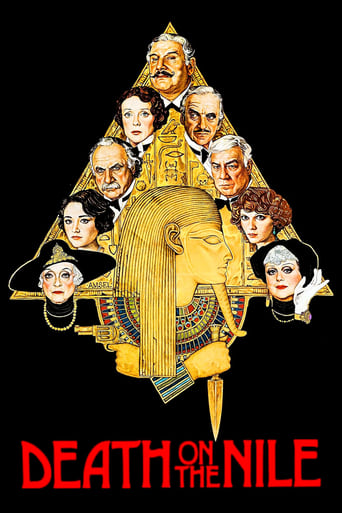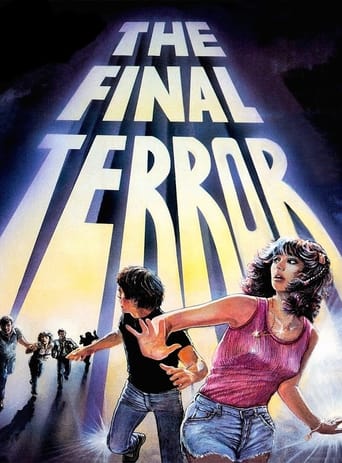Gaslight (1940)
Twenty years removed from Alice Barlow's murder by a thief looking for her jewels, newlyweds Paul and Bella Mallen move into the very house where the crime was committed. Retired detective B.G. Rough, who worked on the Barlow case, is still in the area and grows suspicious of Paul, who he feels bears a striking resemblance to one of Barlow's relatives. Rough must find the truth before the killer can strike again and reclaim his bounty.
Watch Trailer
Cast
Similar titles
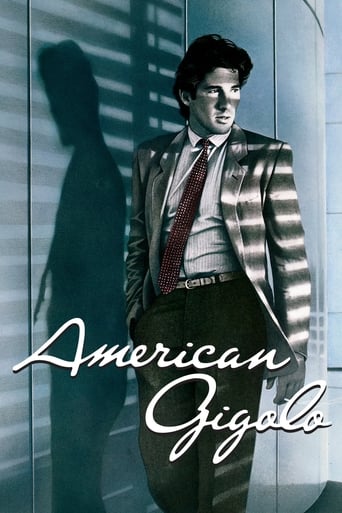


Reviews
Very well executed
Don't listen to the Hype. It's awful
If you like to be scared, if you like to laugh, and if you like to learn a thing or two at the movies, this absolutely cannot be missed.
The movie's neither hopeful in contrived ways, nor hopeless in different contrived ways. Somehow it manages to be wonderful
This film centers around three people. We have retired constable Rough who is an affable and brilliant middle-aged gentleman haunted by one of his career's unsolved cases - the murder of Alice Barlow. And we have the relatively recently married and well-to-do Mallens, who have just moved into the house next door to the one where Mrs. Barlow was killed. Bella Mallen (Diana Wynyard) turns in a wonderful and sympathetic performance as a woman who is being driven to her wit's end by her obsessive, controlling and deceitful husband Paul Mallen (Anton Walbrook). The very first time Rough sees Paul, he becomes convinced that Paul is not who he says he is, and as the story unfolds, Paul Mallen's identity, his secrets and his intentions charge the film with powerful psychological distress and a Hitchcockian feeling of suspense. The behavior of Mrs. Mallens' gas light is the very clever device that eventually allows the film's central mystery to begin to unravel - hopefully before it is too late This film exhibits some truly startlingly well-created and detailed Victorian interiors, relatively typical but quite competent camera-work for its time, very strong performances - especially by Wynyard and Frank Pettingill (Rough) and a solid theatrical script. Gas Light was adapted from Patrick Hamilton's stage play of the same name, and it definitely retains some of the feel of a theatrical set piece. Well-directed by the talented if not prolific Thorold Dickinson (Queen of Spades, Secret People), I would recommend this over the more well-known and soapier American remake of 1944.
Respectable, Well-Mounted and Acted Movie with Excellent Production Values. Creepy, Engaging and not without some Weak Elements. Its Thin Backstory does it No Favors leaving the Audience a bit Stranded and it Feels as though some Catching Up is Needed to fully Flesh Out the Intense Situation of the Poor, Pitiful and Vulnerable Female (Diana Wynyard). It is Obvious She has no way of Competing with the Dominance of the Sneering and Overpowering Husband (Anton Walbrook). She is so Fragile it can be somewhat Sadistic for the Viewer, if Watching this Subjugation seems Entertaining. Mostly it is awfully Difficult for Em-Paths to Witness this Display of Domination.The Opening Scene is one of the Best and most Horrifying. It reaches on a Visceral Level and is quite Shocking in its way. Then Things Turn Psychological. When Help finally Arrives to Relieve the Suffering it's somewhat Forced and Clunky and might have Worked Better with a Law Enforcement Type, but it's OK. The Final Scene is also one of the Best as the Turnabout is Welcome and Rewarding. Plunging a Knife Deep into His Heart, as Audience Members surely Wished, would have Put a Punctured Punctuation to the Picture. Ahh...But this is a Film From 1940 and is Set in Victorian England and that would have been Improper.Note Remade in 1944 by MGM with Charles Boyer and Ingrid Bergman. The Studio tried to destroy all Prints of this the original. What hubris. thankfully They were Unsuccessful.
Even in the UK, this British version from 1940 of Patrick Hamilton's play is less well known than the American version with Charles Boyer and Ingrid Bergman from four years later. The reason, apparently, is that when MGM purchased the rights to film the play, the contract included a clause that the earlier film should be taken out of circulation. MGM even attempted to destroy all copies of the negative, and so "Gaslight"nearly joined the long list of movies from the thirties and forties which are now considered "lost films", but fortunately at least one copy must have survived.The film is set in Victorian London. In the opening scene a wealthy old lady named Alice Barlow is murdered. The murderer is never caught, and after her death the house remains empty for about twenty years until a married couple named Paul and Bella Mallen move in. The marriage is not a happy one and Paul is a bully who treats his wife badly. Bella, who is attempting to recover from a nervous breakdown, begins to fear that she is losing her sanity when she starts hearing mysterious noises coming from the closed off upper floors and when she is unable to remember where she placed various objects. It transpires that Paul is playing psychological tricks on his wife, hoping to drive her mad. (He has a sinister reason for wishing to do such a thing). The significance of the title is twofold. The first that it evokes a sense of nostalgia for the gas-lit London of the Victorian past. The second is that the dimming of the gaslights in Bella's home is an important plot point.This version has some similarities to the work of Alfred Hitchcock. (Hitchcock was later to make "Rope", another film based upon a Hamilton play, and "Suspicion", another film about a wife who comes to believe that her husband may have malign intentions towards her). Whereas Charles Boyer's character in the 1944 adaptation was outwardly charming and plausible, Anton Walbrook's Paul is a much more obvious villain, only bothering to hide his villainy beneath the thinnest veneer of gentlemanly charm. There are some similarities between Walbrook's character here and one of his best known roles, Boris Lermontov in "The Red Shoes". Lermontov is a cold, domineering bully whose bullying has a disastrous effect on Victoria, the heroine of that film, although there is an important difference between him and Paul, an evil figure who quite deliberately plans to cause psychological harm to his wife. Lermontov, by contrast, does not intend to cause any harm to Victoria, and is oblivious to the damage that he is doing. Diana Wynyard's Bella is similar to some Hitchcock heroines, especially the characters played by Joan Fontaine in "Rebecca" and "Suspicion" who initially seem weak and passive but later reveal hidden strengths of character.It is a long time since I last saw the MGM version, so I will not attempt to compare the merits of the two films. This version was made by Thorold Dickinson, a well-known director in his day but largely forgotten today, possibly because he was never discovered by Hollywood in the way Hitchcock was and made all his films in Britain (apart from his final one, made in Israel). He also retired from making feature films at a comparatively young age and spent the rest of his career first working for the United Nations and then as an academic, becoming Britain's first Professor of Films. His version of "Gaslight", however, is a very effective suspense thriller, and the skill with which he handles his material, keeping the audience on the edge of their seats until the end, suggests that he deserves to be better known today. 7/10
This really isn't a bad movie, it's just that the remake improves on it in almost every way. A full half hour shorter, it begs the question: is it better to slowly build tension, or cut to the chase? While I didn't particularly mind that the entire courtship between the husband and wife was missing (i.e., most of the first act) I did feel like this was a little too rushed, getting straight to the beats of the plot without building that sense of dread and helplessness. Another thing the remake does (and I have no idea what the original text is like) is give the husband much better motivation to marry the woman in the first place. As for the casting, between Charles Boyer and Anton Walbrook, I'll call it a draw. Maybe even a slight edge to Walbrook, who seems a little bit nastier. Diana Wynyard is okay, but no match at all for Ingrid Bergman. Bergman just has a far more compelling screen presence, especially in the finale. Frank Pettingell vs. Joseph Cotten is a trickier comparison, because the characters are completely different. I think I like the character more in the original, but the performance more in the remake. Is it unfair to make these comparisons, particularly since this one came first? Yes, but I can't help it. One version is far more well-known and well-regarded, and for good reason. Again, not a bad movie, but the 1944 version does it so much better, and leaves little reason to watch this one.
